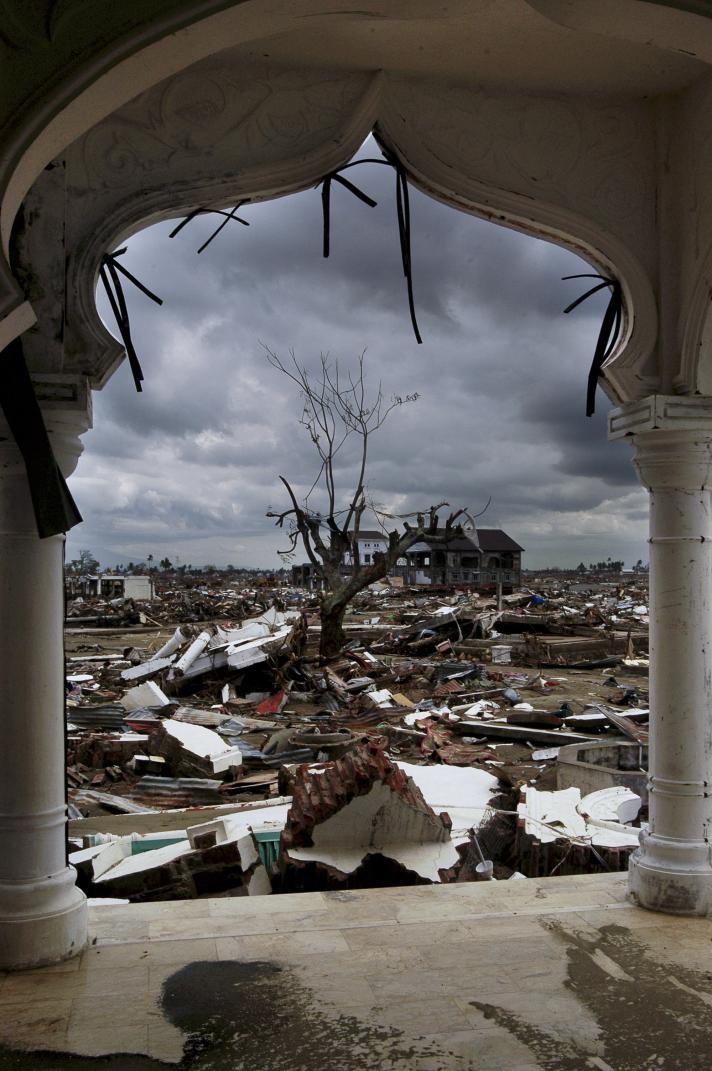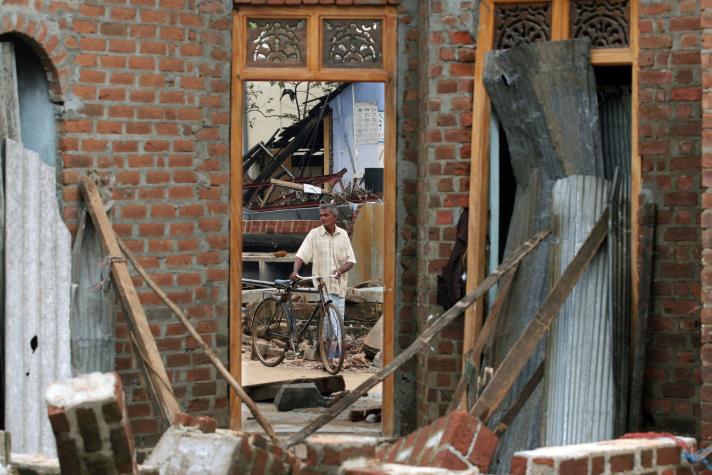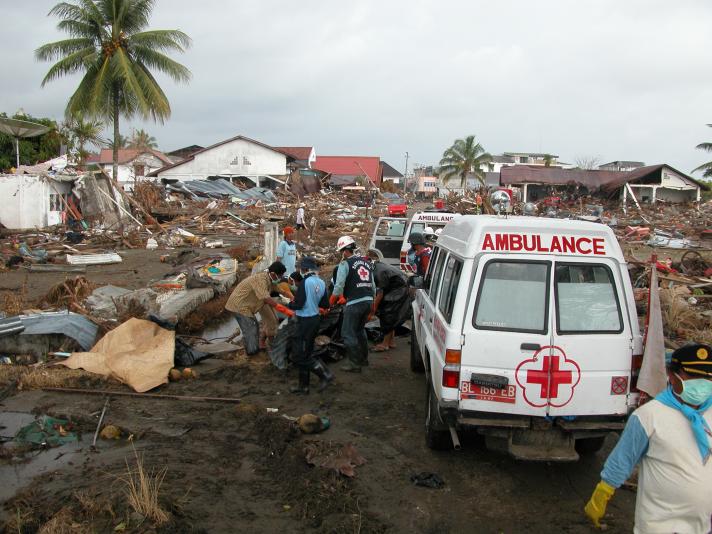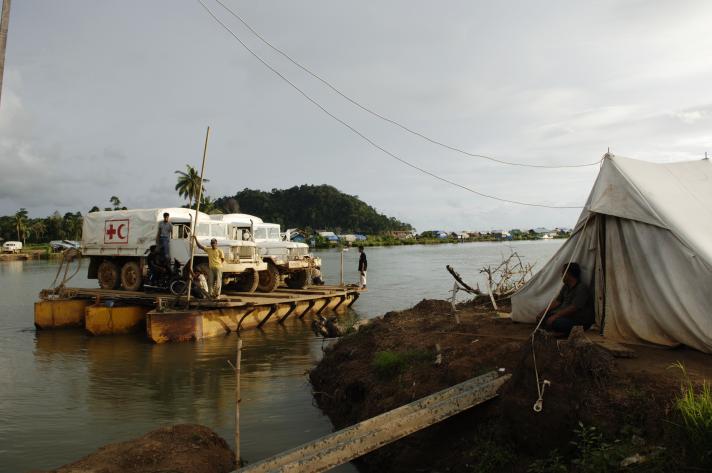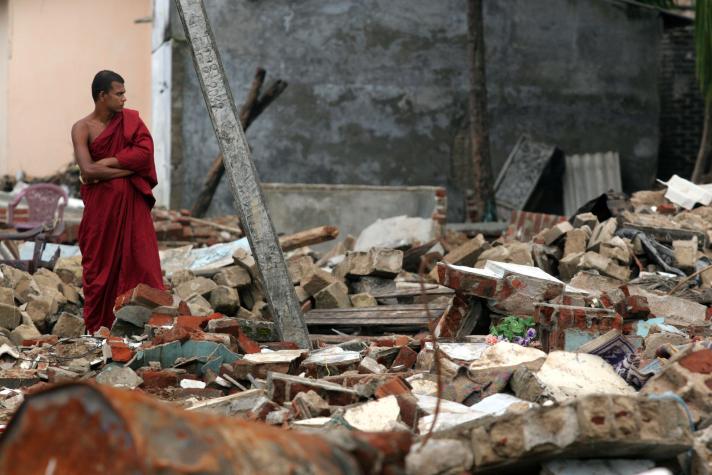On 26 December 2004, apocalyptic scenes flickered across TV screens around the world: leveled coastlines, uprooted palm trees, and people desperately searching for their loved ones under the rubble of their destroyed homes.
That day, an undersea earthquake had struck off the coast of Indonesia with a magnitude of 9.1. It triggered a series of tsunamis that inundated coastal areas, catching communities off-guard and causing widespread destruction in 14 countries around the Indian Ocean. What would become known as ‘Boxing Day Tsunami’ was the deadliest and most devastating in recorded history.
The tragic events prompted an international response that was unparalleled. Governments, international donors, NGOs, individuals, foundations and businesses around the world mobilised funds to save lives and help the survivors rebuild their homes and livelihoods.
The day the tsunami struck, the European Union made available €3 million for live-saving emergency support, soon followed by another €120 million in humanitarian aid as the extent of the needs became clearer. The funding was used for emergency food, water supplies, medical assistance, temporary shelters, blankets, and more. The European Union also sent relief workers, water purification equipment and medical supplies to the hardest-hit regions and supported UNICEF’s child protection work, which included registering children who had been separated from their parents during the disaster.
The Indian Ocean Tsunami 20 years ago has reshaped the way the humanitarian community addresses emergencies today, highlighting the importance of disaster preparedness. Since then, the European Union has invested heavily in helping vulnerable communities around the world better respond to and cope with disasters.
On 26 December 2004 at 07:59 local time, an undersea earthquake struck off the coast of Indonesia.
About 20 minutes later, the deadly tsunami reached the coastline of Indonesia's Aceh Province.
Waves up to 30 metres high devastated communities along the surrounding coasts of the Indian Ocean.
The tsunami killed over 230,000 people and rendered 2 million homeless.
Indonesia was hit the hardest by the disaster, followed by Sri Lanka and Thailand.
The tsunami destroyed countless livelihoods, homes, and critical civilian infrastructure such as schools, roads, hospitals, and sanitation facilities.
In the aftermath of the tsunami, the lack of food, clean water, and medical care further increased the number of casualties.
Many communities remained cut off for weeks as roads and bridges were blocked by debris, destroyed or severely damaged.
In response to the Indian Ocean Tsunami, a massive, coordinated international emergency response was launched.
Creative ways had to be found to get relief assistance where it was most needed.
Here, trucks for the distribution of relief goods are crossing the river on an improvised ferry in Lamno, on the west coast of Aceh, Indonesia.
The EU-funded emergency response included health services, psychosocial support, access to safe water and sanitation, and shelter.
The EU also supported projects to help the affected population rebuild their livelihoods.
As part of the ‘build back better’ approach, homes and infrastructure were designed to better withstanding natural hazards.
The Indian Ocean Tsunami showed the need for better disaster preparedness.
Today, with humanitarian needs outpacing the globally available funding, it is more important than ever to help communities build resilience before, during and after crises.
EU-funded disaster preparedness activities include training for search and rescue, establishing early warning systems, developing contingency plans, and stockpiling equipment and supplies.



